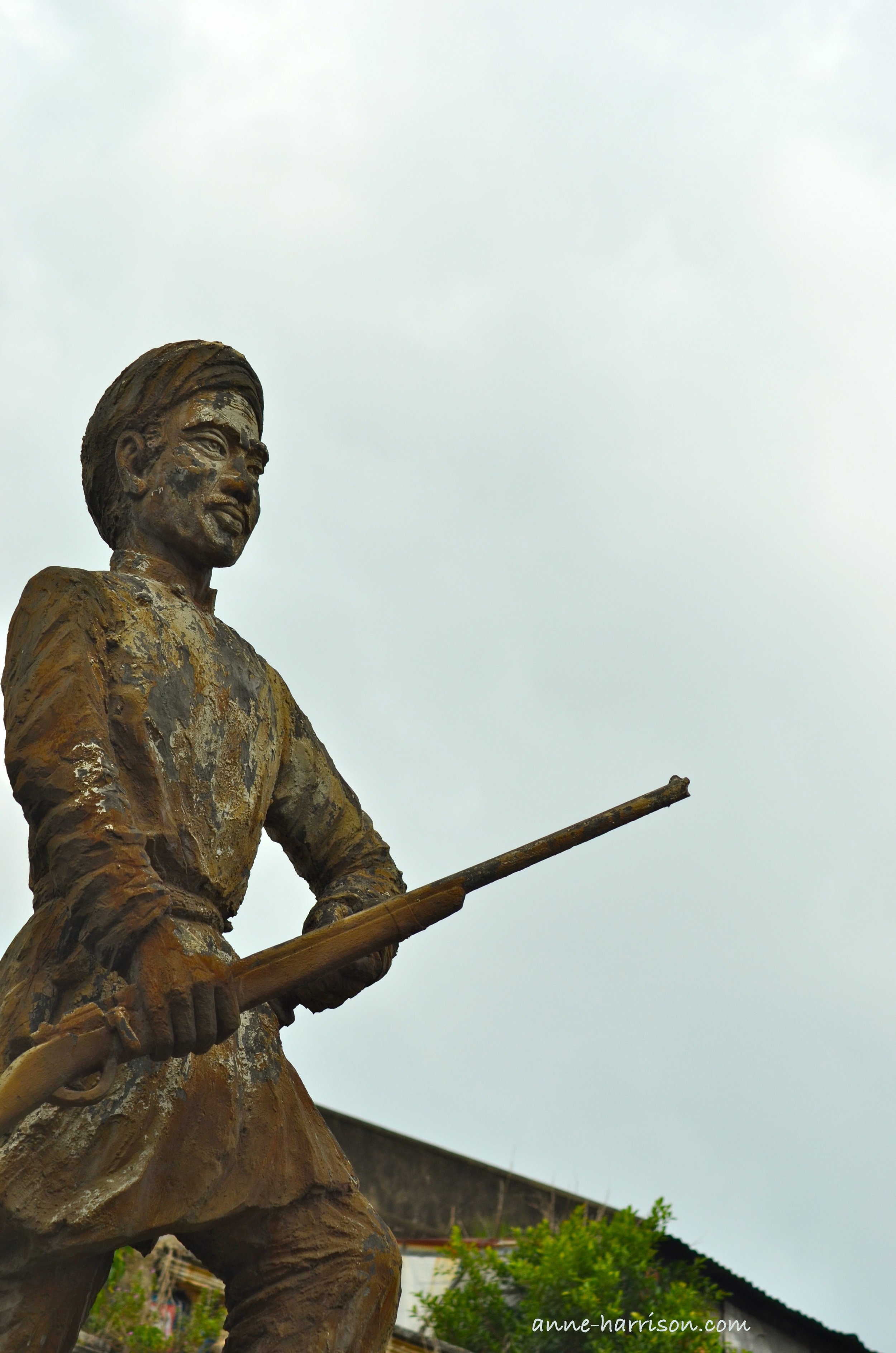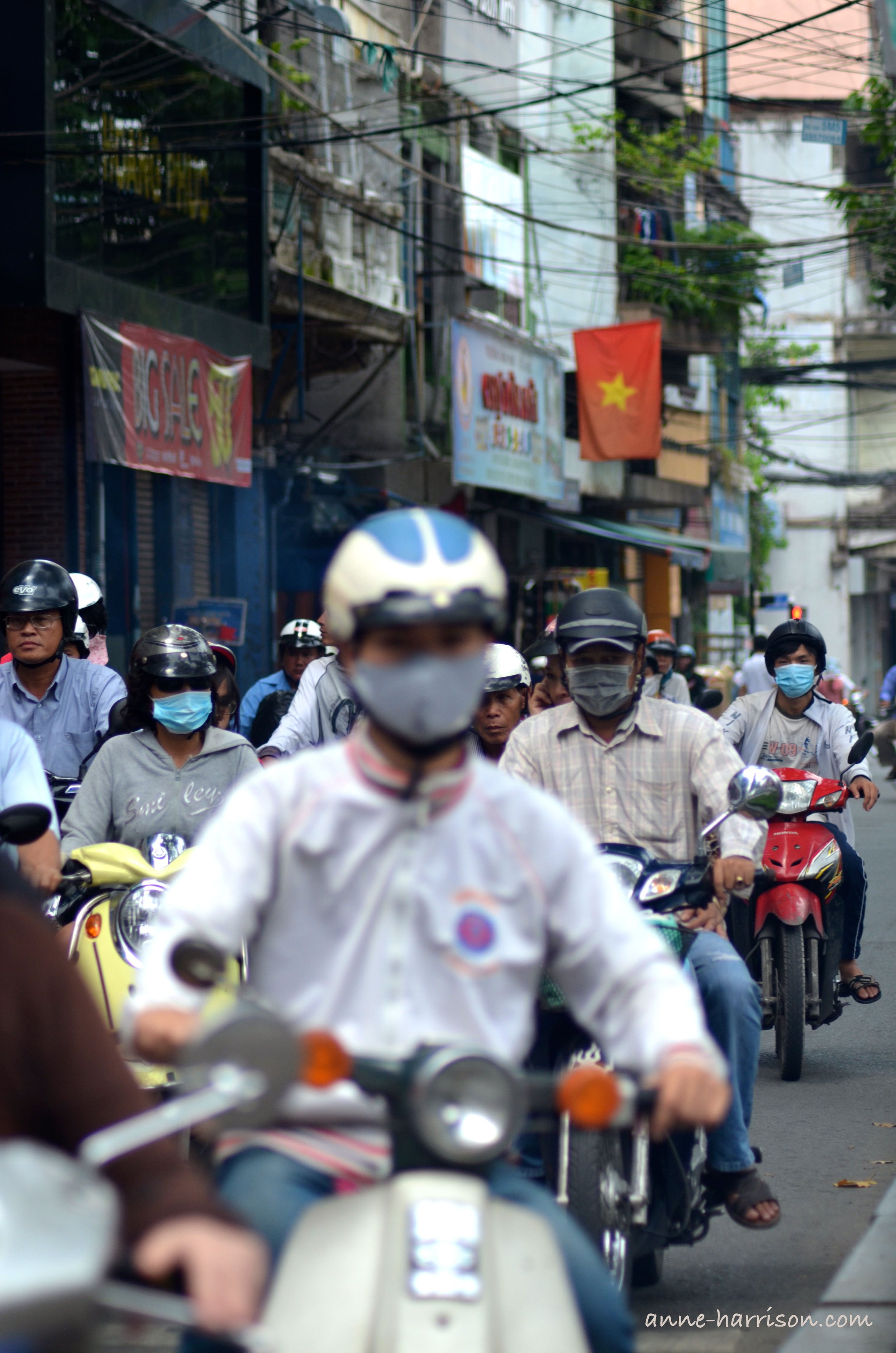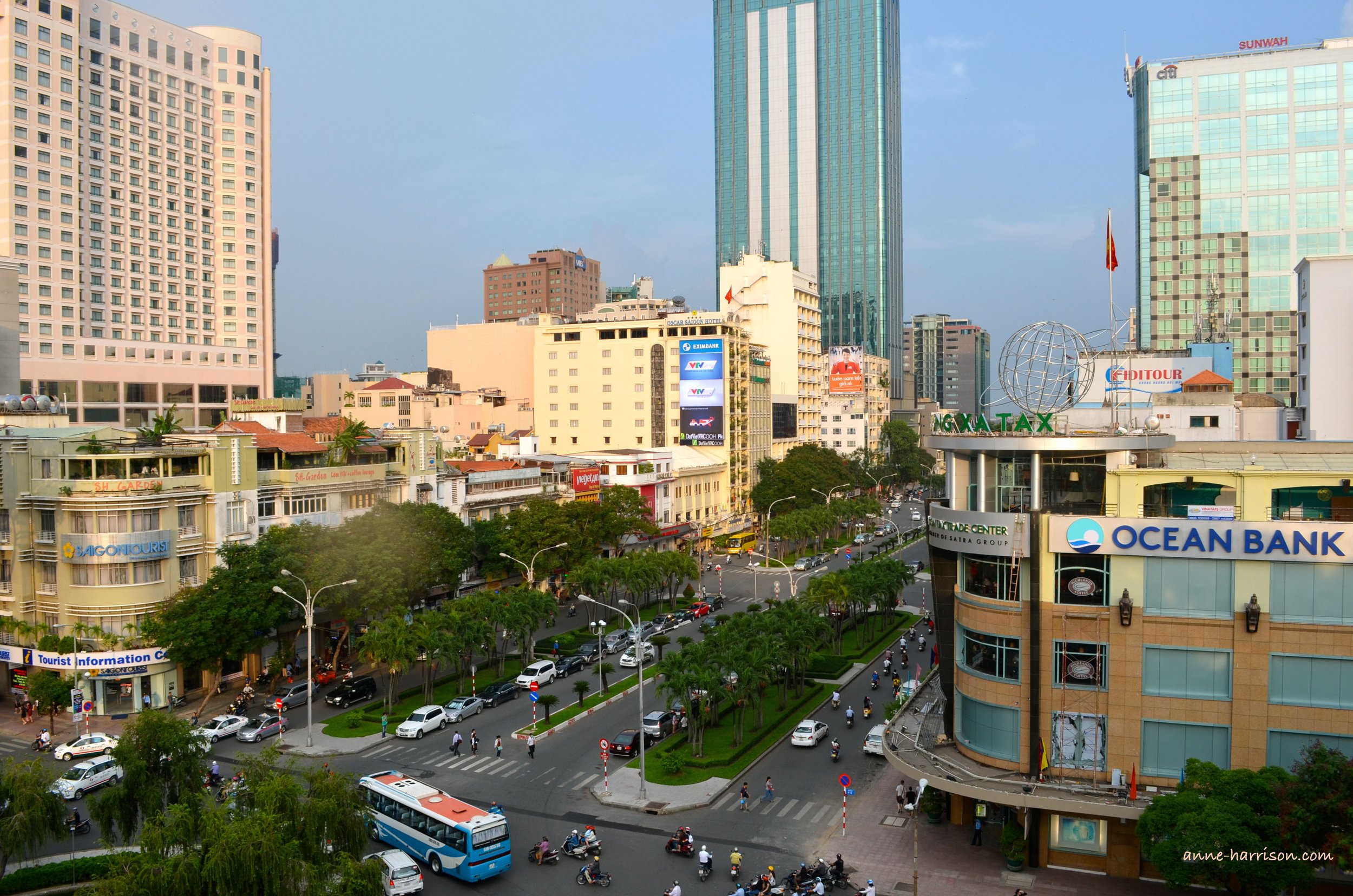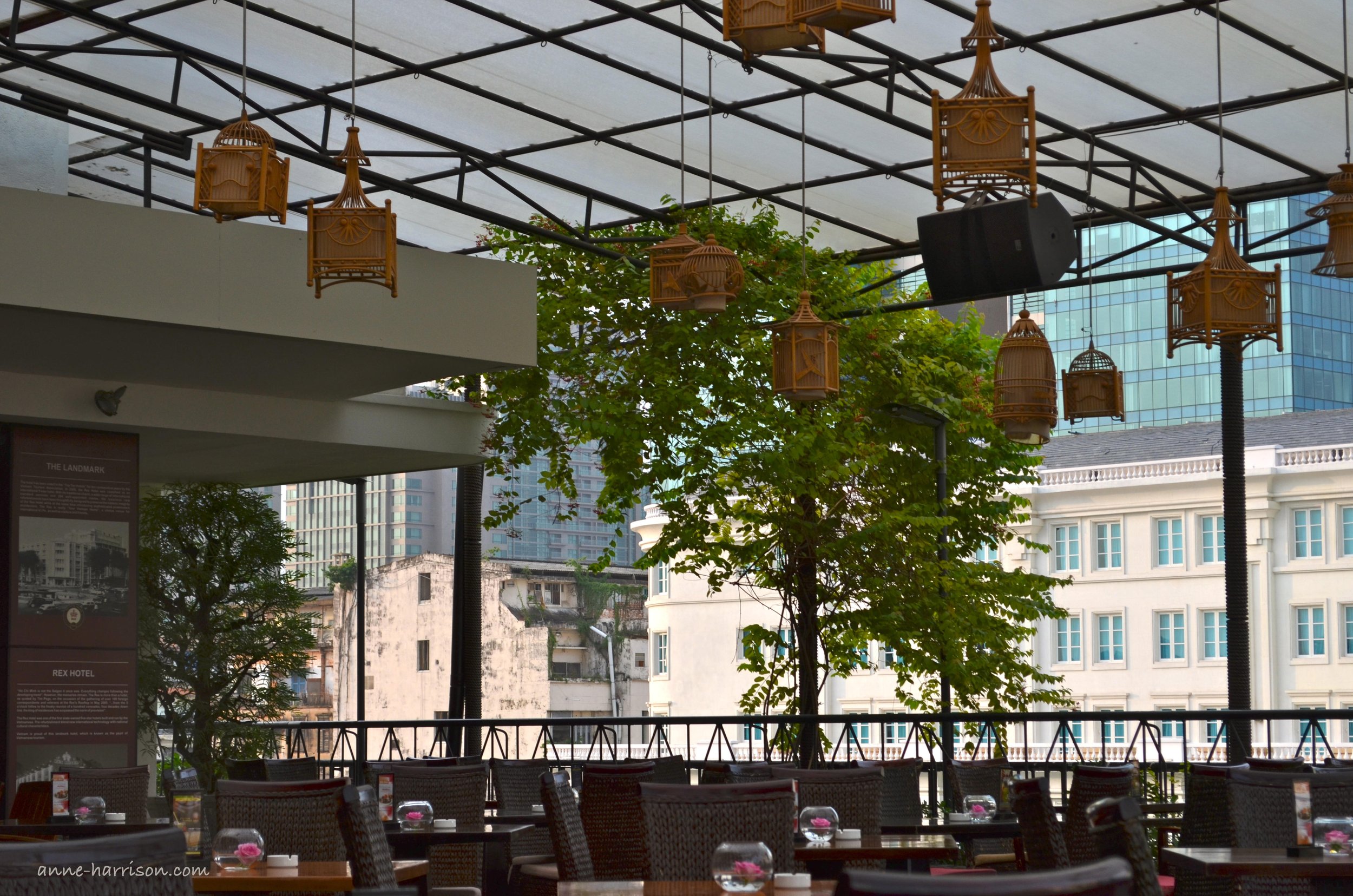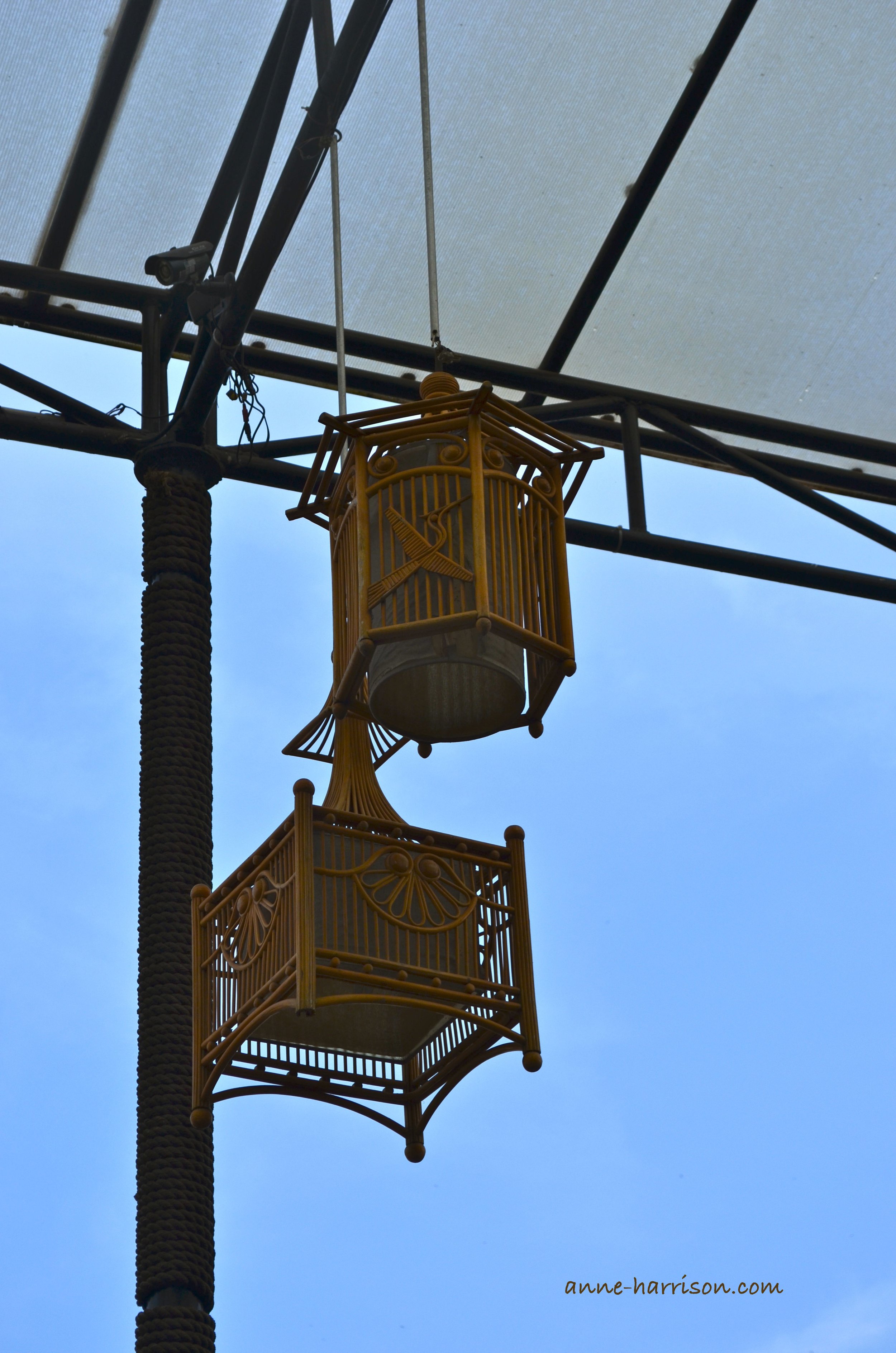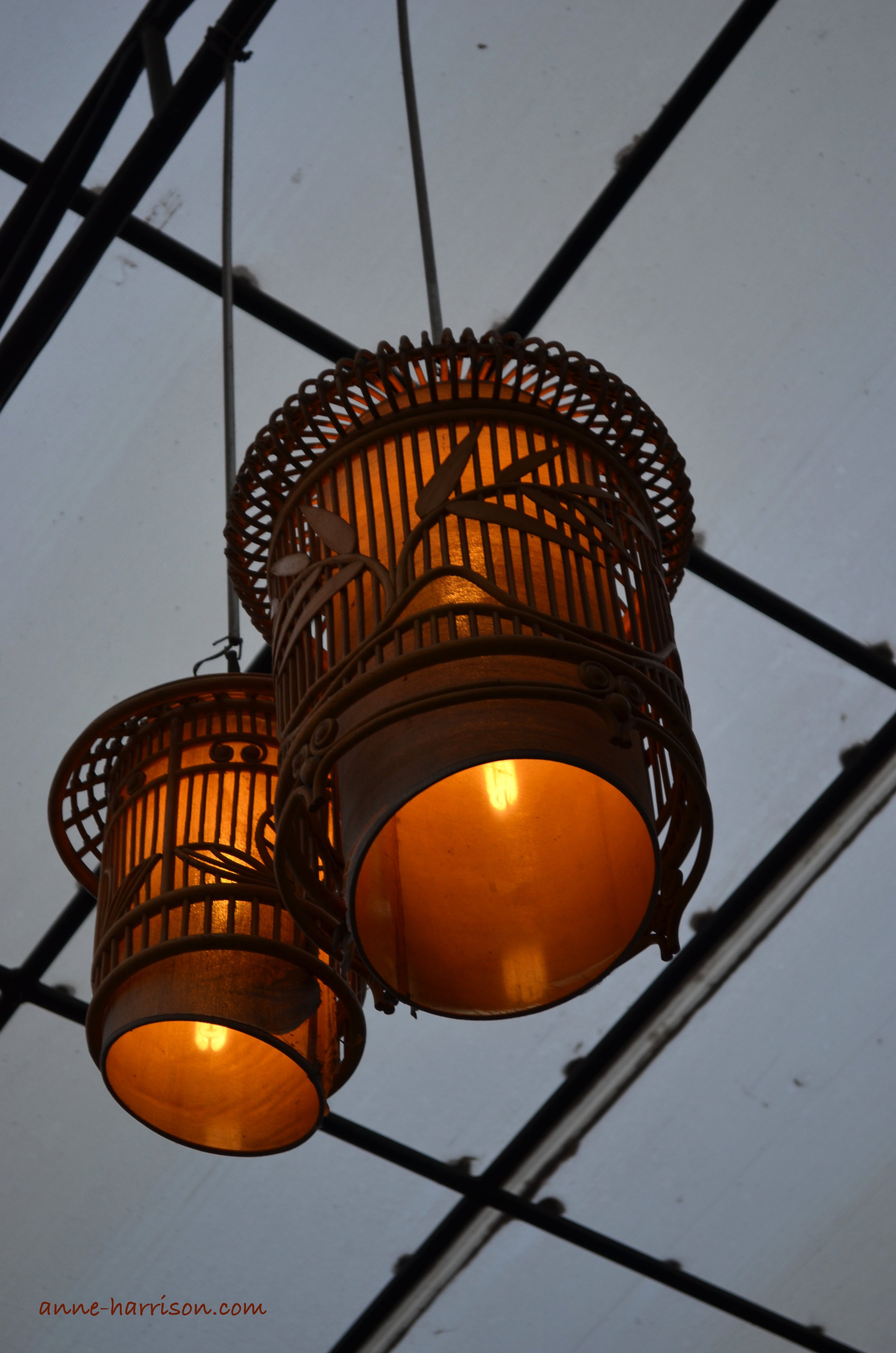Saigon: In The Footsteps Of Graham Greene
The innumerable motorbikes of Saigon © A. Harrison
Having spent a few years living in Saigon, Graham Greene’s The Quiet American is in many ways his homage to this vibrant city.
Despite a somber tone coloured by the knowledge of what is to come, Greene’s love of both Saigon and her people shines throughout the novel.
i) Le Rue Catinat
After dinner I sat and waited for Pyle in my room over the Catinat.
So opens The Quiet American. The Majestic Hotel stands on the corner of Duong Dong Khoi, formally the Rue Catinat brought so vividly to life by Greene. Especially down near the Saigon River, I found Duong Dong Khoi a perfect place for an aimless stroll and window shopping. French spilled out of some of the cafes I passed, and many women still wore the traditional áo dài.
Up the street came the lovely fiat figures-the white silk trousers, the long tight jackets in pink and mauve patterns slit up the thigh: I watched them — with the nostalgia I knew I would feel when I had left these regions forever.
Modern day Rue Catinat © A. Harrison
ii) The Majestic Hotel, Ho Chi Minh
The rooftop bar of the Majestic Hotel is a perfect place for sipping a cocktail as evening embraces Saigon. In The Quiet American the bar overflowed with American journalists at all hours of the day — and well into the wee hours of the morning. Close to the Saigon River, the journalists found the bar an excellent spot for watching boat movements and prising knowledge from the locals. Fowler met a fellow journalist here the night Pyle died.
With its colonial charm and retro-style, the hotel remains a city landmark. The rooftop bar offers a quiet corner to overlook the Saigon River. The sounds of the traffic rushing along the streets are blown away by the evening breezes, which in turn bring some refreshing coolness after a day of tropical heat.
Images from rooftop bars © A. Harrison
iii) The Rex Hotel
Further along Duong Dong Khoi stands the Rex Hotel. Here the rooftop bar (complete with elephants) overlooks the heart of Saigon. In true wet season style, the heavens opened just as we sat down, so for an hour or so we had the place to ourselves. Perhaps this is why our bottle of champagne came with six waiters.
After beginning life as a French garage, during the Vietnam War the Rex Hotel became home to the Press Corps (when they weren’t drinking up at the Majestic), and most probably the CIA. Now it’s owned by the Communist Party.
More images from rooftop bars, plus the lush Hotel Continental © A. Harrison
iv) Hotel Continental
I had seen him last September coming across the square towards the bar of the Continental.
Fowler first spies Pyle at the Hotel Continental, and again this is where Pyle first meets Phuong. Greene lived here for two years (in room 210, a corner suite). The Hotel Continental is just up from the Rex Hotel on Rue Le Loi. Many journalists stayed here during the Vietnam War; wandering past the designer stores and into a reception bedecked with chandeliers, I could understand why. The infamous bombing, where so many civilians died but Pyle took great care to ensure no Americans were injured, was close to the hotel, in the Place Gamier, just off the Rue Catinat.
v) Cholon
In Cholon you were in a different city where work seemed to be just beginning rather than petering out with the daylight.
Cholon is the world’s largest Chinatown. By the time of The War Against The French (the period in which The Quiet American is set), the place had become a maze of opium dens and brothels. During the Vietnam War an uncountable number of US and foreign troops went AWOL here (many never seen again), Somewhere in the unnamed back streets Fowler met with Mr. Chou. I didn’t try to find the place. I was too bust negotiating crowds and stalls selling live chickens and vats of blood tofu.
vi) A Wooden Balcony
A few tree-lined blocks away from the Rex Hotel, the Cathedral Notre Dame and the Central Post Office face one another across a small square. Although Fowler was dismissive of the style, I thought the cathedral delightful. Each stone was shipped from Marseilles, and the stained glass came from Chartres.
I crossed to a café on the far side of the square, and was ushered up some rickety back stairs to a spacious wooden balcony overlooking the chaos of the cathedral square. Ceiling fans from the time of Indochine turned lazily above me. The Vietnamese rolls and papaya salad proved perfect in the heat (as did the coffee).
Saigon is full of balconies such as this. Although Ho Chi Minh beckons to be explored, I always found a quiet place to sit, and ponder the past while dreaming of writing my own novel.
View from balcony toward Saigon cathedral © A. Harrison
Like my photos? - if you feel like contributing to my coffers, please click either here or on the link in my header to buy (or simply browse) my photos. Or else, please click here to buy either my poetry or novel ebooks. I even have a YouTube channel. Thank you!
Or perhaps you’d like to buy me a coffee? (Or a pony?)
Plus, this post contains affiliate links, from which I (potentially) earn a small commission.


